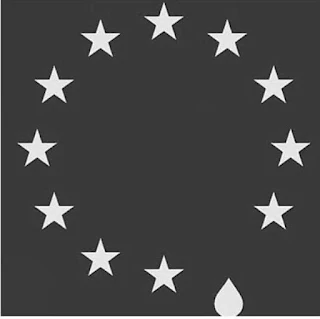Today marks the centenary anniversary of the battle of the Somme. At a conference held in December 1915, the decision for a new offensive on the Western Front had been taken jointly by French commander-in-chief, Gen. Joseph Joffre, and his British counterpart, Gen. Sir John French (replaced on Dec. 19, 1915, by Gen. Sir Douglas Haig). It was to be part of a larger strategic offensive by the Allies attacking simultaneously on several fronts to prevent the Germans from switching resources.
The Somme was the first major offensive mounted by the British. By the end of the 18-week-long battle, British and French forces had penetrated only 12 kilometres into German-held territory in one of the bloodiest military operations in history. The British never even reached their first-day objectives. The battle continued long after it had achieved its stated and limited aim of drawing off German forces from Verdun.
Many of the units that went over the top on July 1, 1916 were Pals Battalions, volunteer units raised the previous year from men who lived, worked and socialised together in the same cities, towns and villages across Britain. The 1st of July 1916 was a bright summer’s day in Picardy, N. France. At 7.30am the sun was well up. Suddenly whistles sounded. Soldiers rose from the trenches and the Battle of the Somme began and and one of military history's greatest disasters and one of the most devastating and bloodiest moments in British history had unfolded before the disbelieving eyes of the Allied High Command. In the next 141 days of horror, although reliable figures are hard to confirm, at a conservative estimate more than a million and a quarter men became casualties of all types on the Somme: perhaps 420,000 British Empire, 195,000 French and 650,000 German. Canadian losses numbered 24,000, nearly 8,000 of them fatal in the middle of a protracted hell. In the opinion of British Prime Minister David Lloyd George, the Somme was “the most gigantic, tenacious, grim, futile and bloody fight ever waged in the history of war.”
For some of the thousands killed on the Somme, the battle lasted for mere seconds. For their loved ones, the pain lasted a lifetime. The following was said by a Canadian nurse who treated the wounded at the Somme :- " Some terrible cases, oh so much the better dead. One young lad with eyes and nose all gone - one blur of mangled flesh - and body whole and sound ... All are so brave, and yet those who are not badly wounded are so tired of the war, tired in such a hopeless way."
An aerial view of the shell pocked landscape surrounding trenches on the Somme, fall 1916.
All this alone should counter the argument now taking hold among some historians, politicians and media commentators that the Somme centenary commemorations should be used to glorify this pointless mass slaughter as a necessary "sacrifice".
So why did Haig persist, especially in the face of such huge losses? Haig’s detractors—of whom there are many—accuse him of being an unimaginative commander who could see no other alternatives to costly battles of attrition. One of his own justifications for the Somme was that the enemy’s strength had been considerably worn down, a conclusion that was neither accepted at the time nor afterwards. Today, the Somme is generally regarded as a costly failure, and one for which Haig must bear the lion’s share of responsibility.
The Battle of the Somme finally ended in late November, when rain, snow and sleet made operations impossible. It was difficult to tell victor from vanquished.The Battle of the Somme should be remembered today for epitomising the horror and waste of the Great War.
Following his bestseller No Glory: The Real History of the First World War, historian Neil Faulkner's new pamphlet, Have You Forgotten Yet: The Truth About the Somme, sets the record straight and stands with the victims of imperialism and war – with the workers and peasants of Europe, and with the colonial people of Africa and Asia. It argues that the Somme, by any rational assessment, represents a world gone mad.
It is our duty to remember the futility and tragedy of this occasion, and to remember those who died so senselessly, sacificiced on the altar of imperial stupidity to ensure that the lessons learnt live with us forever. Sadly No time for glorification time to focus on the horrible realities and the many lives that were affected by this horrific event in the years that followed it. This battle that has come to symbolise the horror, waste and futility of war, it's pity and enduring tragedy this pornography of violence should not be used as propoganda for todays wars..












